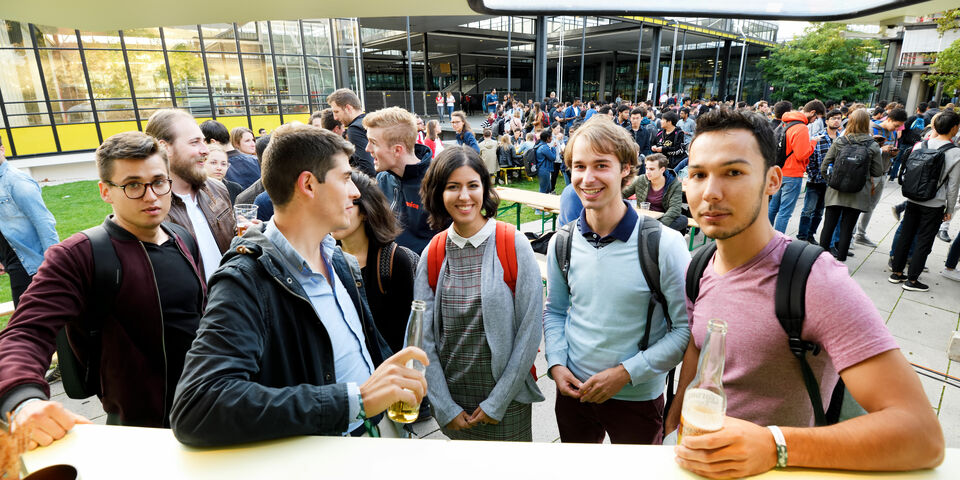Programs with enrollment restrictions less accessible due to internationals
As a result of increasing numbers of foreign enrollments, programs with enrollment restrictions have become less accessible to mainly women, students from a non-western migration background and students from low-income households, writes the Inspectorate of Education.
The Netherlands is becoming a favoured study destination for more and more international students. Art schools at Dutch universities of applied sciences have a high appeal, as well as universities in the border regions and universities that perform well in the international rankings. There are numerous advantages to having a student body with a mix of nationalities, but are Dutch students falling through the cracks as a result of increased internationalisation?
The Inspectorate of Education decided to conduct a study to provide facts to support heated debates on the topic. Monique Vogelzang, Inspector-General of the Inspectorate of Education, writes that “the number of students enrolling in programmes with restricted enrolment who come from non-western migration backgrounds, are female, or have low-income parents, is decreasing in relation to the increase in the number of foreign enrollments. The report states that accessibility to higher education is at stake.
However, according to the Inspectorate, it is uncertain whether decreasing accessibility to restricted enrollment programs for certain groups is only the result of an increase in international students. Vogelzang explains: “Is it possible that these groups of Dutch students allow themselves to be discouraged before even enrolling? Could self-selection play a part here?” This study was unable to provide definitive answers, and follow-up research will be conducted.
The Inspectorate concludes that, generally speaking, internationalisation has not yet had any negative effects on accessibility of higher education for Dutch students. “At present there appear to be enough alternatives, but we do not know to what degree an increasing number of students may have to settle for a degree programme or university that is not their first choice.”
Looking to the future, what will happen if the influx of international students continues to grow? The report states that institutes of higher education need to carefully consider this possibility and adjust their policy accordingly. Another area they should focus on is integration, because universities of applied sciences and universities have not yet met their end goal by simply “welcoming international students and changing the language of instruction to English”.




Discussion